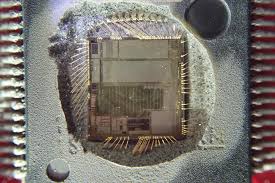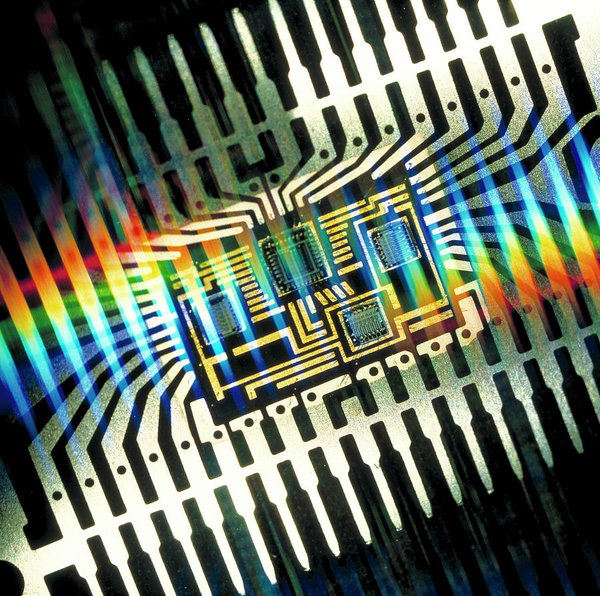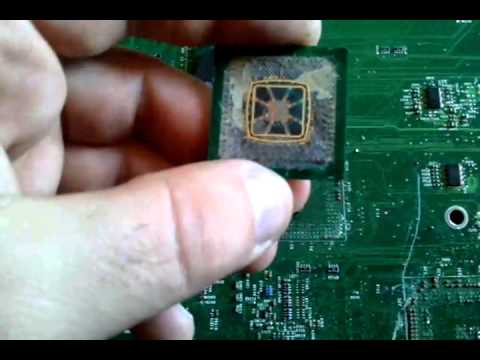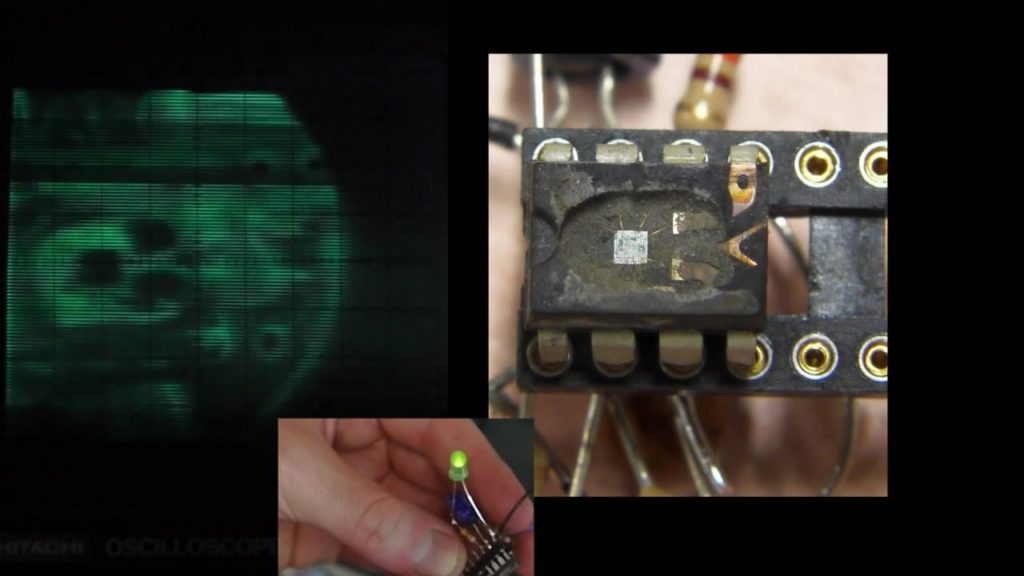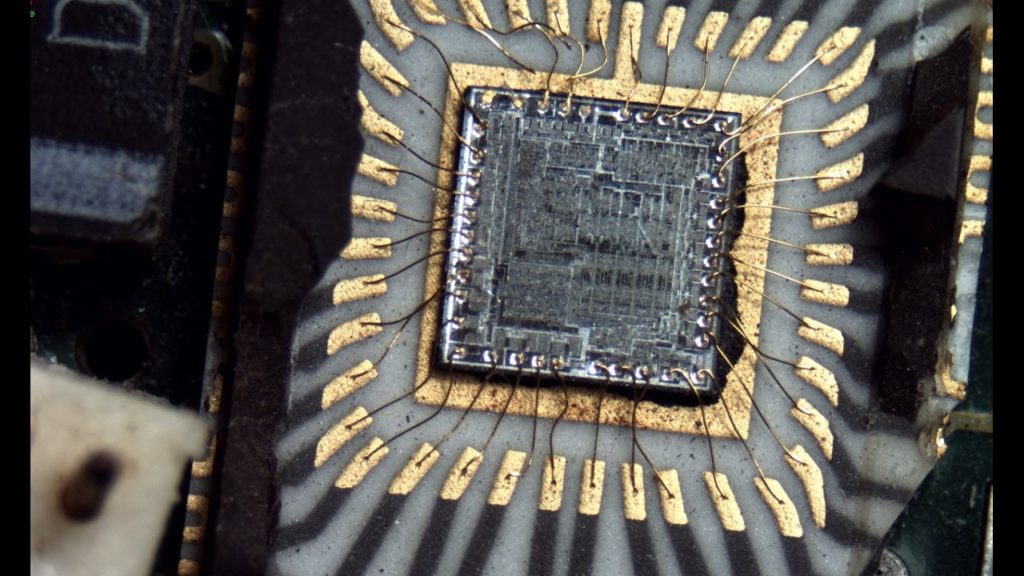Crack Chip PIC18LF13K50 Program
Crack Chip PIC18LF13K50 Program from its memory like flash and eeprom, the pogram is exactly the same as original heximal and provide same functions for MCU Cloning;
Extreme Low-Power Management
PIC18LF1XK50 with nanoWatt XLP:
· Sleep mode: 24 nA
· Watchdog Timer: 450 nA
· Timer1 Oscillator: 790 nA @ 32 kHz
Analog Features:
· Analog-to-Digital Converter (ADC) module:
– 10-bit resolution, 9 external channels
– Auto acquisition capability
– Conversion available during Sleep
– Internal 1.024V Fixed Voltage Reference (FVR) channel
– Independent input multiplexing
– Rail-to-rail operation
– Independent input multiplexing
· Voltage Reference module:
– Programmable (% of VDD), 16 steps
– Two 16-level voltage ranges using VREF pins
– Programmable Fixed Voltage Reference (FVR), 3 levels
· On-chip 3.2V LDO Regulator – (PIC18F1XK50)
Peripheral Highlights:
· 14 I/O Pins plus 1 Input-only pin:
– High-current sink/source 25 mA/25 mA
– 7 Programmable weak pull-ups
– 7 Programmable Interrupt-on-change pins
– 3 programmable external interrupts
– Programmable slew rate
· Enhanced Capture/Compare/PWM (ECCP) module:
– One, two, three, or four PWM outputs
– Selectable polarity
– Programmable dead time
– Auto-shutdown and Auto-restart
· Master Synchronous Serial Port (MSSP) module:
– 3-wire SPI (supports all 4 modes)
– I2C™ Master and Slave modes (Slave mode address masking)
· Enhanced Universal Synchronous Asynchronous Receiver Transmitter (EUSART) module:
– Supports RS-485, RS-232 and LIN 2.0
– RS-232 operation using internal oscillator
– Auto-Baud Detect
– Auto-Wake-up on Break
· SR Latch mode
This family offers the advantages of all PIC18 microcontrollers – namely, high computational performance at an economical price – with the addition of high-endurance, Flash program memory. On top of these features, the PIC18F/LF1XK50 family introduces design enhancements that make these microcontrollers a logical choice for many high-performance, power sensitive applications.
All of the devices in the PIC18F/LF1XK50 family incorporate a range of features that can significantly reduce power consumption during operation. Key items include:
· Alternate Run Modes: By clocking the controller from the Timer1 source or the internal oscillator block, power consumption during code execution can be reduced by as much as 90%.
· Multiple Idle Modes: The controller can also run with its CPU core disabled but the peripherals still active. In these states, power consumption can be reduced even further, to as little as 4% of normal operation requirements.
· On-the-fly Mode Switching: The power-managed modes are invoked by user code during operation, allowing the user to incorporate power-saving ideas into their application’s software design.
· Low Consumption in Key Modules: The power requirements for both Timer1 and the Watchdog Timer are minimized. See Section 27.0 “Electrical Specifications” for values.
Tags: crack chip binary archive,crack chip binary code,crack chip binary content,crack chip binary data,crack chip binary eeprom,crack chip binary file,crack chip binary firmware,crack chip binary information,crack chip binary memory,crack chip binary program


